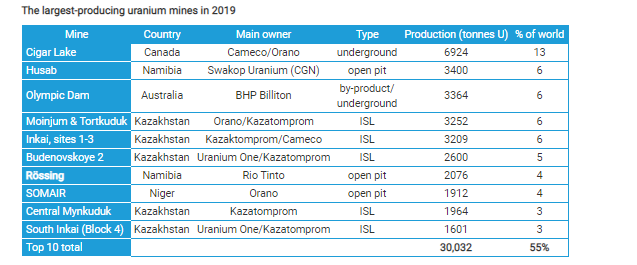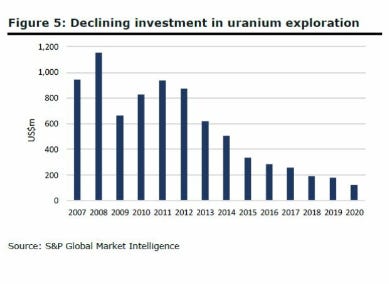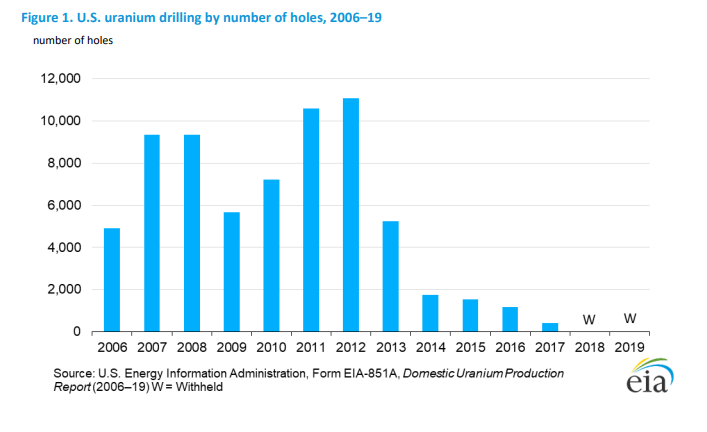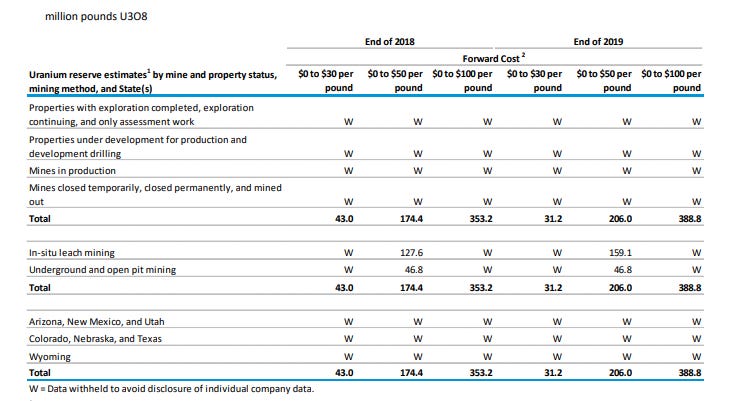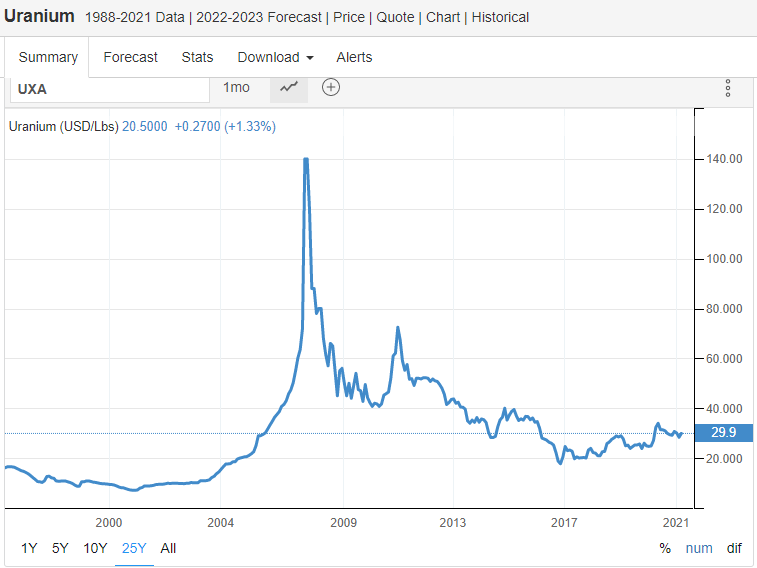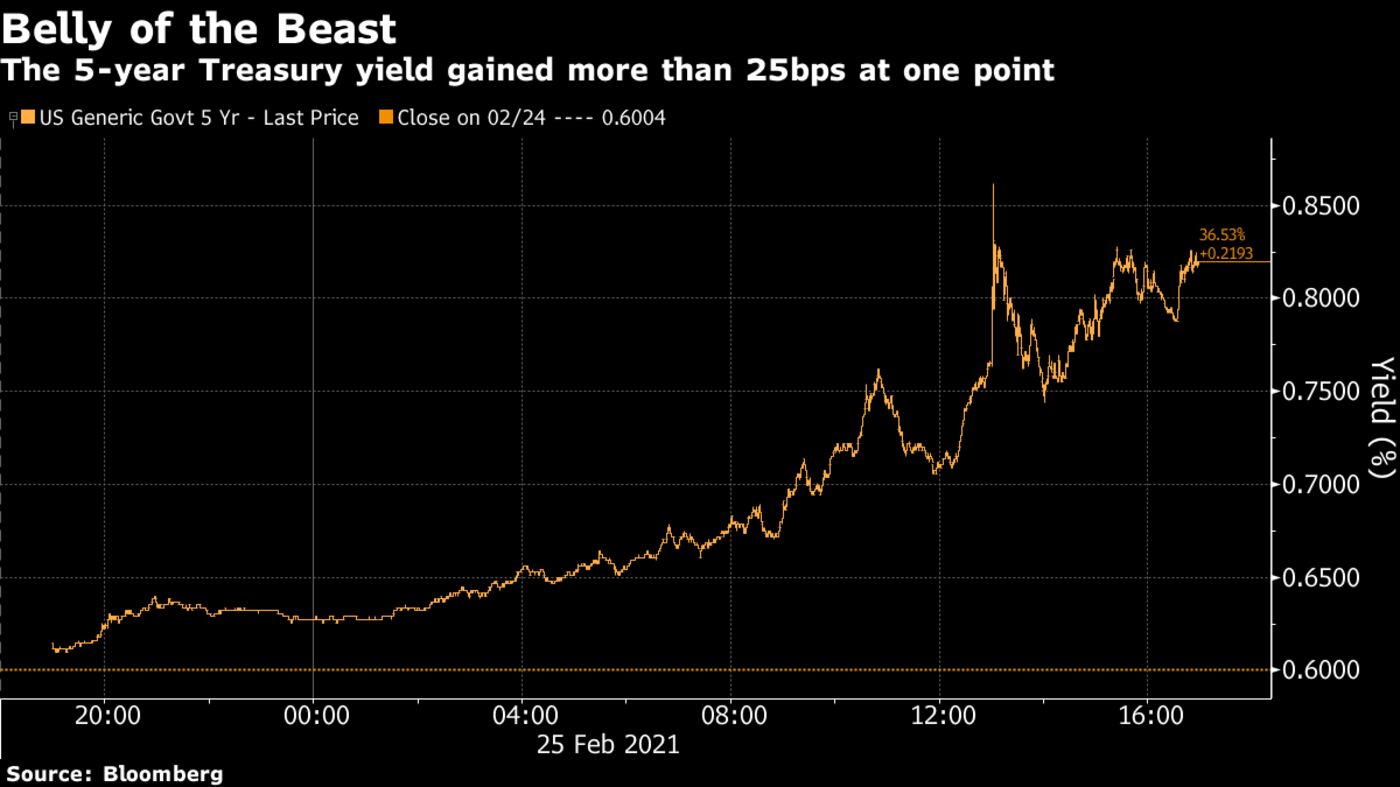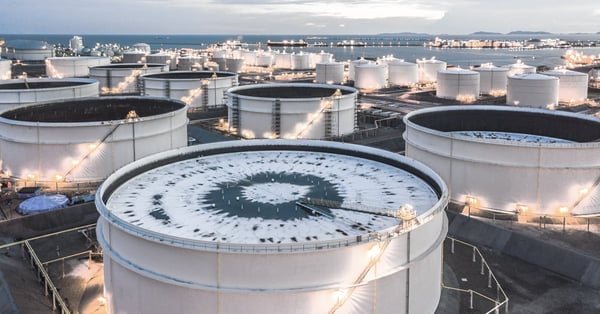By Eric Cinnamond via palmvalleycapital.com
Whether it occurs in everyday life or while investing, there’s nothing like finding a free dollar. I enjoy it so much, BOGO (buy one get one free) shopping has become one my favorite hobbies.
A few weeks ago, I was “BOGO-ing” at our local grocery store and noticed a BOGO on one of my favorite desserts—chipwiches! For those less familiar with the wide variety of ice cream offerings, a chipwich is made by rolling vanilla ice cream in chocolate chips and placing it between two chocolate chip cookies. Whoever invented the chipwich wasn’t messing around! Considering it’s one of the most delicious and irresistible ice cream treats on the planet, promotions are very rare. My taste buds and wallet were ecstatic!
A box of four chipwiches cost $4.79. Therefore, for every box I bought on BOGO, I was practically picking up a free $5 bill. As much as I wanted to purchase every box, there are some unwritten rules related to BOGO shopping. For instance, it’s considered rude, or poor “BOGO-manship,” to leave an empty shelf for other shoppers. With that in mind, I placed 10 boxes of chipwiches in my shopping cart, leaving plenty of inventory behind. Even though I wanted to buy more, I was very satisfied with my purchase and return on investment!
As soon as I got home, I opened the freezer to deposit my winnings. I couldn’t believe it! To my surprise there were already 10 boxes of chipwiches stacked in the freezer. Earlier in the day, my wife also took advantage of this special BOGO! What an amazing turn of events. Our family went from owning zero chipwiches to holding a full position (20 boxes). Combined we saved $48—an incredible day of BOGO shopping!
My BOGO experience didn’t end there. After spending the next three weeks consuming chipwiches, I returned to the grocery store to hunt from more BOGOs. On my way in, I weighed myself on the store’s scale and was shocked to learn I gained 10 pounds! Apparently, BOGO shopping is not risk-free 😊.
As a BOGO enthusiast, I’m very attuned to changes in the promotional environment. Based on numerous trips to the grocery store and other retail outlets, I’ve noticed a sharp drop in promotions over the past several months. Recent quarterly results and commentary of the businesses on our 300-name possible buy list support my anecdotal observations. With declining inventories and rising costs, companies have been reducing promotions to protect gross margins and receive full price on their limited supply.


Examples of declining promotions are numerous and broad-based. For instance, on their last conference call, Dick’s Sporting Goods (DKS) discussed declining promotions, stating, “The merchandise margin rate expansion was primarily driven by fewer promotions and lower clearance activity [our emphasis].” Lower inventory and supply constraints have also become a common theme. Management explained, “During Q4, we again remain very disciplined in our promotional strategy and cadence as certain categories in the marketplace continue to be supply constrained.” Management also noted inventories were lower than they prefer (down 11%) and stated certain categories of merchandise were not being manufactured sufficiently.
Carter’s (CRI) had similar comments related to inventory and promotions. Management said, “With leaner inventories, we focused our marketing less on promotions and more on the beauty of our product offerings.” With declining inventory, Carter’s has been less promotional in their retail and wholesale channels. Management’s comments related to their wholesale channel were particularly interesting, stating, “Everybody we sell to actually wants more inventory right now, so I think folks are doing a good job managing their business, getting price realization, higher margins, as we’ve all played it tight and conservative given the uncertainties.”
Another business we follow, Big Lots (BIG), also reported fewer promotions, stating, “As our inventory levels were sold through, we were able to navigate through the holiday period with fewer promotions than last year. This reduction in markdowns significantly mitigated the pressure felt from increased spot freight rates and higher supply chain charges we incurred.” Big Lots’ comments were similar to other companies attempting to pass on rising costs.
Other categories in retail, such as branded apparel, also reported lower inventories and higher average prices. In fact, we’re noticing more companies discussing their efforts to receive “full-price.” During Ralph Lauren’s (RL) recent conference call, management said, “Third quarter AUR [average until retail] growth of 19% was above our expectations, with North America and Europe up double-digits and Asia up high single-digits.” Management pointed to significantly lower promotions, targeted price increases, and improved full-price penetration.
Under Armour (AU) is also focusing on selling full-price inventory, saying, “We are working to evolve concepts to drive more profitable formats, particularly for our full-price brand house locations. Our factory house business is about driving greater productivity in store and reducing our promotional levels…”
Skechers (SKX) commented that they too were seeing more full-priced sales, stating, “Gross margin increased over 100 basis points, primarily driven by a favorable mix of international and online sales and an increase in domestic wholesale average selling price, with higher full-price sell through of several of our innovative platforms.”
Nike (NKE) discussed how supply chain shortages are negatively impacting sales, saying, “Starting in late December, container shortages and West Coast port congestion began to increase the transit times of inventory supply by more than three weeks. The result was a lack of available supply, delayed shipments to wholesale partners and lower-than-expected quarterly revenue growth.” Management also commented on its improved gross margins, partially contributing them to “higher full-price product margins.”
Sticking with the footwear theme, Shoe Carnival (SCVL) commented they were also generating higher gross margins, had less inventory, and were providing fewer promotions. Management explained, “Many investors were surprised by the third quarter upside across the space, which was primarily driven by tight inventory management and, from what we’ve heard, of just a broadly less promotional environment.” Regarding future promotions, management said, “I think that’s going to actually pay dividends as we go forward because as you eliminate those promotional time periods, there’s no reason to reinstate them next year.” They even commented on their version of a BOGO, stating, “We ran a promotion that everybody knows as BOGO. Buy one get one half off, that we eliminated many, many weeks of that and we’re continuing to do just that…there’s just no reason to discount that product to the customer as long as they’re willing to pay full-price.” There’s that “full-price” reference again!
We noticed larger retailers are also reporting fewer promotions. In their most recent conference call, Target (TGT) commented on their improving gross margins, saying, “In 2020…a significant tailwind [to gross margins] of about 150 basis points was driven primarily by the favorability of markdowns. A portion of this favorability was related to promotions, but the biggest single factor was a significant decline in clearance markdown rates as demand in seasonal and other clearance sensitive categories far outpaced our expectations.”
Kohl’s (KSS) reported similar trends, stating, “We discussed on our Q3 call the early success we had in optimizing our price and promotional strategies, and we built on this success in Q4. We continue to reduce the number of general promotional offers and stackable offers…” Kohl’s also noted how fewer promotions, pricing, and inventory management have helped offset higher shipping costs.
Macy’s (M) provided commentary on promotions and full-price sales as well, saying, “We’re also going after pricing and promotions. We’re trying to minimize the unnecessary promotions and markdowns and discounts to achieve a higher full-price sell-through, which will help our merchandise margins and ultimately help our gross margins.”
Tempur Sealy International (TPX) discussed pricing and rising input costs on their last conference call, stating, “We have a history of taking price on products to offset industry inflation. Most recently, we have implemented pricing actions during the fourth quarter that have fully mitigated the anticipated input cost headwinds at that time. However, as we’ve entered 2021, input costs have continued to increase beyond our initial expectations. We continue to monitor these costs and expect to take additional pricing actions as needed.”
And finally, Walmart (WMT) had interesting comments related to inflation and how they work with suppliers. Management explains, “We work with suppliers—if we’re getting cost inflation in a product, how do we potentially change the product? How do we make it less expensive? How do we — can you do that and still keep the quality of the product?” In effect, the price may not change, but the product may. As my dad often said about his tools and yard equipment, “They don’t make them like they used to.” I believe he was right! Many products have been altered over the years to offset rising costs.
Rising costs, reduced promotions, and an emphasis on full-price sales are all inflationary. As such, we are curious how the Consumer Price Index (CPI) has been factoring in these trends. Based on the most recent CPI report, apparently it is not! Specifically, the February CPI less food and energy came in at blistering (sarcasm intended) 0.1% with the core rate up 1.3% year over year. While we don’t spend much time analyzing government economic data, we believe the CPI has some catching up to do!
The current operating environment reminds us of 2018 when businesses were also reporting rising costs and pricing power. Ultimately, the CPI caught up with what we were observing in the real world, rising to 2.9% by June 2018.


Unlike today, in 2018, the Federal Reserve was raising the fed funds rate. Interest rates across the yield curve responded, with the 2-Year Treasury yield increasing from 1.92% on January 2, 2018 to 2.98% on November 8, 2018. Rising interest rates were eventually too much for the stock market to withstand. Small cap stocks fell approximately 25% from their 2018 highs to their lows in December.


Without the tailwind of a rising stock market, the economy stalled, commodity prices declined, and the December 2018 CPI fell back below 2%.


Similar to 2018, we expect the inflationary pressures being reported by businesses to eventually find their way into the government data. Also similar to 2018, we expect rising inflation will place upward pressure on interest rates. Now here is where it gets tricky. Do rising interest rates cause the stock market, economic growth, and inflation to decline like the end of 2018? Or do rising rates cause the Federal Reserve to increase quantitative easing (QE) in an effort to manage the yield curve and keep asset prices inflated? Based on how the Fed responded in 2018 to falling stock prices, we believe they’ll attempt to maintain inflated asset prices.
Assuming we are correct, we do not believe the Fed’s efforts to protect asset prices will necessarily succeed. By artificially suppressing interest rates along the entire yield curve, we believe current inflationary trends are less likely to self-correct and could possibly worsen. In effect, the more money the Fed creates to suppress interest rates and maintain asset inflation, the greater the risk of losing control of real-world inflation and its perceived control of asset prices. Put simply, we believe a policy of endless quantitative easing and a dismissive attitude towards inflation are incompatible.
While we’re fascinated by the box the Federal Reserve has placed itself in, we feel no sense of urgency to act or speculate on how the Fed will respond. As portfolio managers with an objective of generating attractive absolute returns over a full market cycle, we are in the fortunate position to not have to “play the game” and remain fully invested. In our opinion, small cap valuations have never been more expensive and risks never so underappreciated. Getting aggressive here makes absolutely no sense to us. However, waiting for the return of volatility and opportunity does.
We believe our patience will pay regardless of how the Federal Reserve responds to rising inflation. If the Fed acts to fight inflation, we’d expect interest rates to rise, putting pressure on sky-high equity valuations. If the Fed dismisses inflation, its credibility will suffer, risking a revolt in the bond and currency markets. Either way, we expect the Fed’s inflation dilemma will likely lead to an increase in volatility, and in our opinion, opportunity. Given the current backdrop, we like our patient positioning, appreciate our objective more than ever, and believe we are well prepared for future investment BOGOs!
Eric Cinnamond


